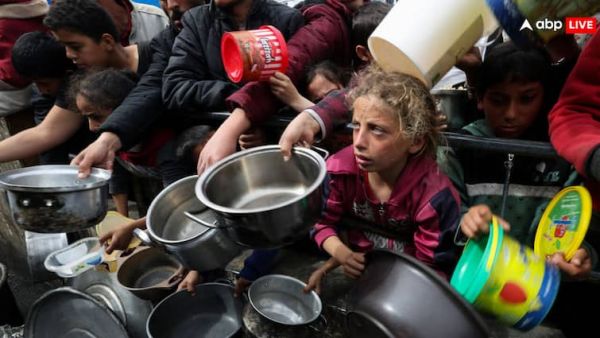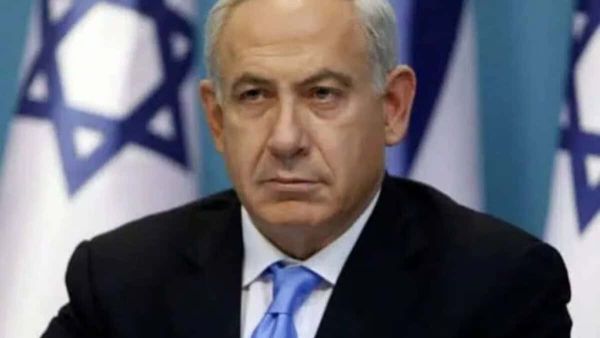
More than 60,000 Palestinians have lost their lives in the 21-month-long conflict between Israel and Hamas, according to figures released on Tuesday by Gaza’s Health Ministry, which operates under the Hamas-led administration. The Ministry reported 60,034 fatalities and 145,870 injuries since the war erupted following Hamas’ assault on Israel on October 7, 2023.
Although the Ministry did not provide a breakdown of civilian and militant casualties, it previously stated that women and children make up roughly half of those killed. The death toll has been acknowledged by the United Nations and other independent analysts as the most credible in the region, as the Ministry is run by medical professionals.
The conflict has devastated the Gaza Strip, displacing nearly 90 per cent of its residents and triggering an immense humanitarian crisis, news agency AP reported. International agencies continue to warn of a looming famine as food insecurity reaches critical levels.
Dozens Killed In Gaza While Attempting to Access Aid
Local hospitals reported that Israeli strikes in the past 24 hours have claimed at least 70 more lives, as per AP's report. Over half of these casualties occurred as people tried to access humanitarian aid, including a deadly incident on Monday involving a truck convoy in southern Gaza. The hospitals said they received the bodies of 33 individuals killed by gunfire near the convoy, raising the death toll from that incident to 58. The Israeli military has not commented on the shooting.
In another incident near the American and Israeli-backed Gaza Humanitarian Fund site in central Gaza, seven people were reportedly killed while seeking food aid, the report stated.
Israel maintains that its military operations are aimed solely at militants and that it employs significant measures to avoid civilian casualties. The Israeli military stated it targeted Hamas infrastructure, including tunnels, rocket sites, and weapons caches over the past day. It also attributes civilian deaths to Hamas’ tactics of operating within populated areas.
Israel Dismisses Accusations of Starvation Strategy
On Tuesday, Israeli Foreign Minister Gideon Saar refuted allegations that Israel is deliberately starving Gaza’s population. He said such claims form part of a “distorted campaign of international pressure”.
“This pressure is directly sabotaging the chances for a ceasefire and hostage deal, it is only pushing towards military escalation by hardening Hamas’s stance,” Saar asserted, as quoted by AP.
The U.S. and Israel have both withdrawn their negotiating teams recently, amid reports of stalled talks. The war escalated sharply in March when Israel imposed a total blockade—cutting off access to food, medicine, fuel, and other necessities. That ceasefire ended with surprise bombardments and expanded ground operations, which Israel claimed were intended to increase pressure on Hamas to release hostages. According to the Health Ministry, at least 8,867 Palestinians have died since then.
Though the blockade was relaxed in May, U.N. officials say insufficient aid is being allowed in and distribution has been hindered by Israeli restrictions and breakdowns in civil order. A separate aid system overseen by an American contractor has also faced challenges due to violence and instability.
IPC Says 'Worst-Case Scenario Of Famine Playing Out' In Gaza Strip
In a critical update on Tuesday, the Integrated Food Security Phase Classification (IPC)—an international authority on food crises—warned that the “worst-case scenario of famine is currently playing out in the Gaza Strip” and urged immediate intervention to prevent “widespread death”, as per AP.
While not yet a formal declaration of famine, the alert followed graphic images of malnourished children and reports of hunger-related fatalities. According to the World Health Organization, over 60 people—including 24 children under five—died of malnutrition-related causes this month alone. Since the start of the war, at least 88 children and 58 adults have succumbed to hunger-related ailments.
The IPC noted that Gaza had been on the brink of famine for nearly two years, but the situation has recently worsened due to “increasingly stringent blockades” by Israel. The report revealed that nearly 17 per cent of children under five in Gaza City are now acutely malnourished, and at least a third of Gaza’s population is going without food for days at a time.
According to AP, experts say they do not require a formal declaration to recognise the reality. “Just as a family physician can often diagnose a patient she’s familiar with based on visible symptoms without having to send samples to the lab and wait for results, so too we can interpret Gaza’s symptoms. This is famine,” said Alex de Waal, executive director of the World Peace Foundation, in remarks to the Associated Press.
Gaza Aid Distribution Still in Disarray
Since March, Israel has limited the entry of goods into Gaza, arguing it is necessary to pressure Hamas to release hostages. Although restrictions were eased in May, traditional U.N.-led humanitarian operations have been impeded by military constraints and lawlessness. The newer U.S.-backed aid delivery system has also seen delays, looting, and attacks.
Despite Israel’s assertion that there is no cap on the number of aid trucks allowed into Gaza, U.N. agencies insist that current efforts are inadequate. Doctors Without Borders labelled recent airdrops “ineffective and dangerous”, arguing they deliver far less aid than trucks.
Israeli Prime Minister Benjamin Netanyahu has maintained that no one is starving in Gaza and that sufficient aid has been provided. “Otherwise, there would be no Gazans,” he said. However, Israel’s closest ally appears to differ. Commenting on recent visuals, former U.S. President Donald Trump remarked, “Those children look very hungry.”
-
Netanyahu slams UK plan to recognise Palestine

-
India backs two-state solution, urges direct Israel-Palestine dialogue at UN

-
Kyunki Saas Bhi Kabhi Bahu Thi 2 opens with a nostalgic throwback to season 1

-
Who Is Lee Fortis? The Curator Gambhir Had Heated Exchange With

-
Trump’s Russia Warning Fuels Uncertainty But Keeps Oil Supported
